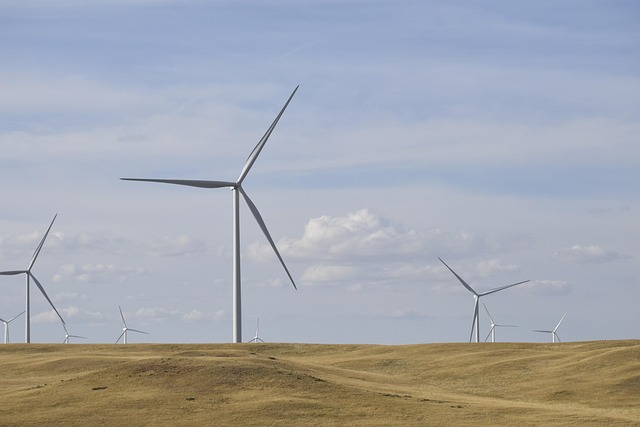Creating Welcoming Environments: The Importance of Friendly Spaces in Architecture
When we step into a building, the atmosphere we encounter can deeply influence our mood, behavior, and sense of belonging. In architecture, crafting friendly spaces is more than just an aesthetic choice—it’s a profound way to connect with those who inhabit or visit the space. These environments invite comfort, inspire interaction, and foster a meaningful relationship between people and their surroundings.
At its core, a friendly space feels inviting. It’s where openness is communicated through light-filled rooms, warm materials, and thoughtful layouts. Imagine walking into a room where natural light cascades gently across soft textures, where seating encourages conversation without crowding, and where every corner tells a story of intentional design. This is the kind of environment that architects strive to create, because it nurtures well-being and emotional comfort.
Incorporating elements like natural ventilation, greenery, and adaptable furnishings helps spaces evolve with users’ needs. These details might seem small, but they play a huge role in making spaces feel alive and accommodating. Inclusive design also ensures that everyone, regardless of ability or background, feels welcome. For instance, wide pathways, clear signage, and accessible amenities create a universal friendliness that embraces diversity.
Moreover, friendly spaces transcend visual appeal—they engage the senses. The subtle scent of wood, the gentle sound of flowing water, or the tactile sensation of soft fabrics all contribute to an environment that feels alive and warm. Such sensory experiences ground us, fostering a calming connection that encourages relaxation and openness.
In today’s fast-paced world, where stress often pervades our daily lives, architecture that prioritizes friendly spaces serves as a refuge, a beacon of calm and community. It reminds us that buildings can embody empathy and compassion—qualities essential to creating thriving, vibrant places.




